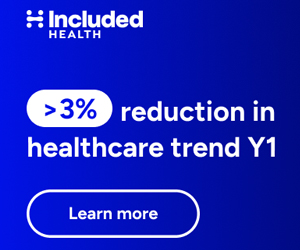By VOLANDES, KENNEDY, DAVIS, GILLICK & Paasche-Orlow
 The educational world is becoming flat.
The educational world is becoming flat.
A quiet revolution is underway in the way teachers and students interact using recorded lectures, YouTube, and the internet. In 2004, financial analyst turned online educator Sal Khan began tutoring his niece in math using an online drawing program. As he uploaded these lectures to YouTube, their popularity grew into a social phenomenon.
Today, Khan Academy has provided over 240 million online lessons around the world in over 4000 topics. Stanford, MIT, and other universities now offer massive open online courses (MOOCs) by top professors to all comers. In fact, Harvard Business School no longer offers an introductory accounting class due to the availability of an exceptional online course from Brigham Young University. With high-quality content readily available online, the student-teacher dynamic is changing. Students are expecting excellent instruction and teachers are expecting students to be increasingly knowledgeable about subjects from online viewing. These reciprocal heightened expectations have the potential to create a more dynamic and interactive classroom experience.
These innovations can also transform patient education by bringing patients into the circle of learning. Patients already leverage YouTube and other online sources for health purposes. For example, PatientsLikeMe was started in 2004 by the family and friends of Stephen Heywood who had been diagnosed with amyotrophic lateral sclerosis. This online community helps connect patients with other similarly affected patients and aims to educate patients about the illness experience and potential treatment options. This encourages patients to think synergistically about complex problems such as outcomes, decision-making and ethics. Today, PatientsLikeMe covers more than 1200 health conditions with over 100,000 members.
Given these broad ranging developments, we need to rethink the patient–doctor encounter. The typical encounter follows the traditional pedagogic paradigm of “banking” – in which the teacher, who has the power and the knowledge, seeks to deposit knowledge assets into the learner’s bank (1). Unfortunately, though this approach induces passivity and disempowerment it is the dominant mode of patient education. Instead, imagine encounters where patients are prepared to engage in shared decision-making, allowing the office visit to center on activities that promote patient-centeredness and engagement such as confirming patient comprehension, ascertaining values, and establishing goals.
Continue reading…

















